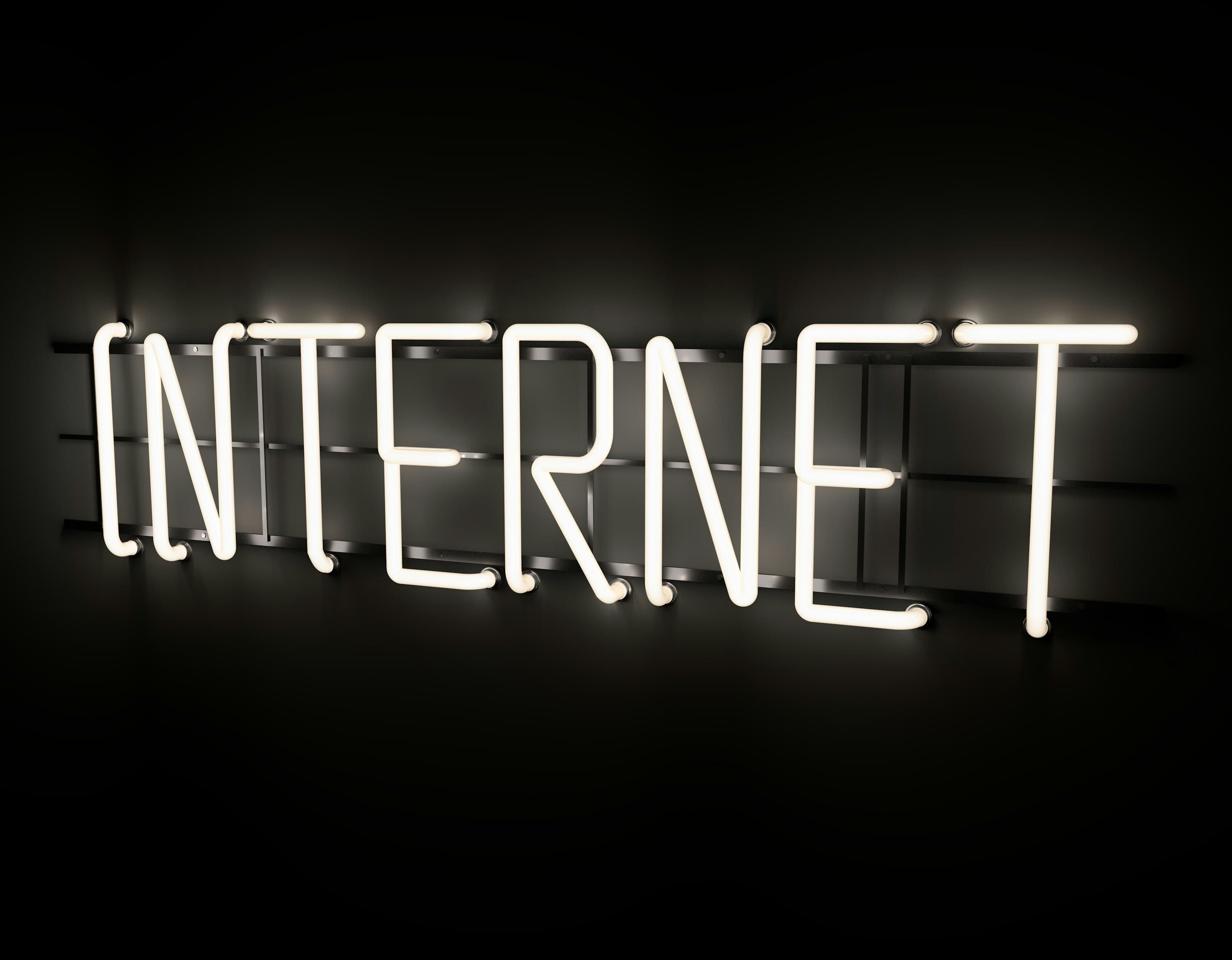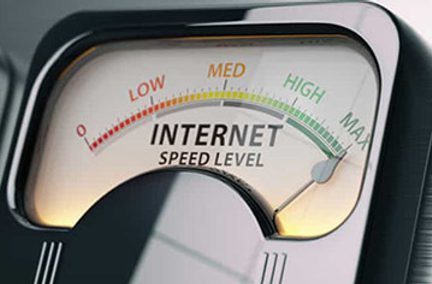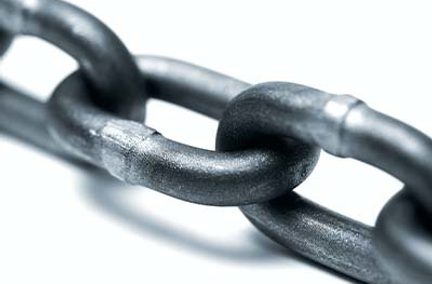Why You Should Switch to Fiber Optic Internet
Apr 4, 2023 | Home Technology, Business Internet

If you’re like many people, you probably struggle to get truly good download speed and upload speed from your current internet connection. It's a common challenge. The internet service provider in your area promised you certain megabits per second (Mbps), but you’re just not seeing that kind of performance. When you run a speed test, the performance you’ve even promised and the performance you’re seeing don’t match up. The problem? You're running on old technology. It’s time to switch to a fiber-optic internet connection.
Why Switch to Fiber Optic Internet?
Internet through a fiber network is the fastest connection known to mankind. Fiber optic cables outperform every other internet connection out there, with higher bandwidth, faster speeds, lower ping, lower latency, and none of the issues typically associated with cable internet, DSL, or satellite. Fiber optic internet doesn’t just give you lots of Mbps, but even Gbps — over 1,000 megabits per second, way faster than any other internet connection. Copper cable internet through coaxial cables or ethernet cables simply can’t match those speeds because it lacks the capacity to operate that fast. Fiber lines, on the other hand, can provide a high speed internet connection like nothing you’ve ever experienced before.
A fiber optic network also gives you a better overall broadband experience, thanks to symmetrical upload and download speeds, making your online time faster and smoother.
A Smarter Home
Do you have a lot of devices connected to your Wi-Fi? You probably have more than you think. The average American household has over 20 devices that depend on a reliable Wi-Fi network to send strong signals. A fiber connection coupled with a modern modem and router can improve your home network and overall internet performance. Even if you don’t consider your home a smart home, fiber internet can still help speed up the performance of the internet on all your devices. Fiber makes your network run faster and more smoothly.
After the increased speed (which is awesome and reason enough to switch by itself), the next biggest benefit of fiber over copper is that you get to keep all your speed all the time. With cable internet, you have to share the bandwidth with your neighbors. Notice how your cable provider says in the fine print that your speed will be “up to” whatever speed they promised. When your neighbors are home, your speed will decrease because the neighbors — as nice as they may be — are sucking up the neighborhood's internet connection, including yours.
All the Bandwidth
With fiber-to-the-home (ftth), however, you get all the bandwidth all the time because you get your own fiber that you don’t share with the guy next door or across the street. For example, if you are paying for a 500 Mbps package, you will get 500 Mbps to your home all the time. (You might even get more, depending on whether your ISP overprovisions.) Fiber internet also does not typically have any data caps, throttling, or other speed restrictions either, so you can keep on surfing, working, streaming, and gaming all you want.
Fiber optic internet is also more reliable than other internet connections because it is unaffected by weather or electronic interference.
How Do You Switch to Fiber Optic Internet?
Switching to fiber internet is typically a fairly painless experience, provided you have a fiber internet service provider (ISP) in your area. Google “fiber optic internet providers” and see what pops up. If one is nearby, enter your address in the availability portal to see if they service your neighborhood. Fiber internet providers are not yet available in every area, so there might not be a fiber ISP near you. However, more fiber ISPs are popping up all the time, so keep checking back.
Options
Like other internet providers, fiber internet connections are offered in speed tiers, typically from 300 Mbps up to 2,000 Mbps or beyond. The best way to figure out which one is the right one for your home is to count the number of internet-dependent devices. The more devices, the more Mbps you will need.
Installation
Installation of your new fiber internet service is generally fairly quick and easy. A single fiber is run to your home, connected to an NID outside, and then brought inside through a tiny hole in the wall. There, it connects to the modem/router. From there, the signal is transmitted via Wi-Fi through a mesh network or extender.
Happier You
Fiber optic internet is like nothing you’ve ever experienced. From higher bandwidth to lower latency and ping, a fiber internet connection can transform your online experience. It’s the fastest, most reliable internet around.
- fiber optic internet
- Fiber internet
- home internet
- switching to fiber internet
- fiber vs copper






